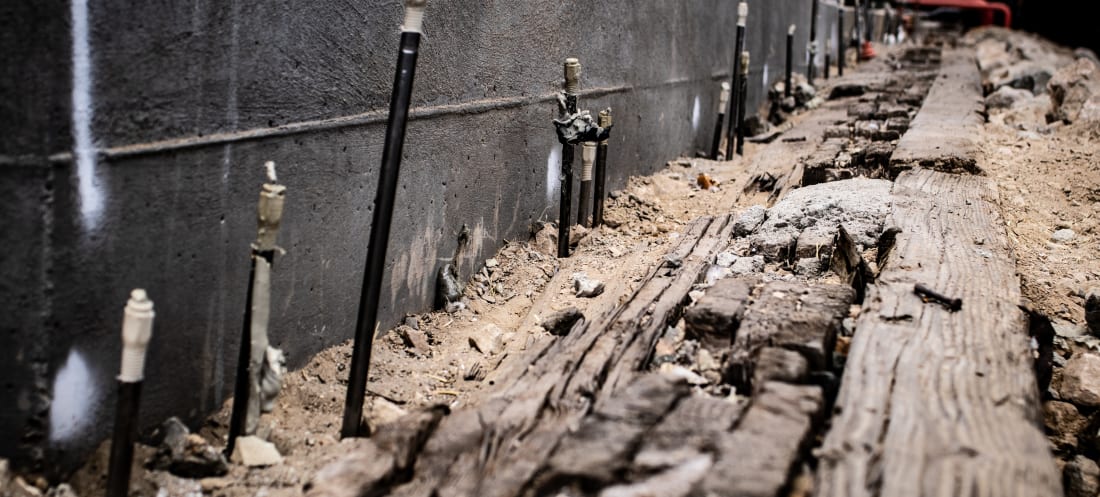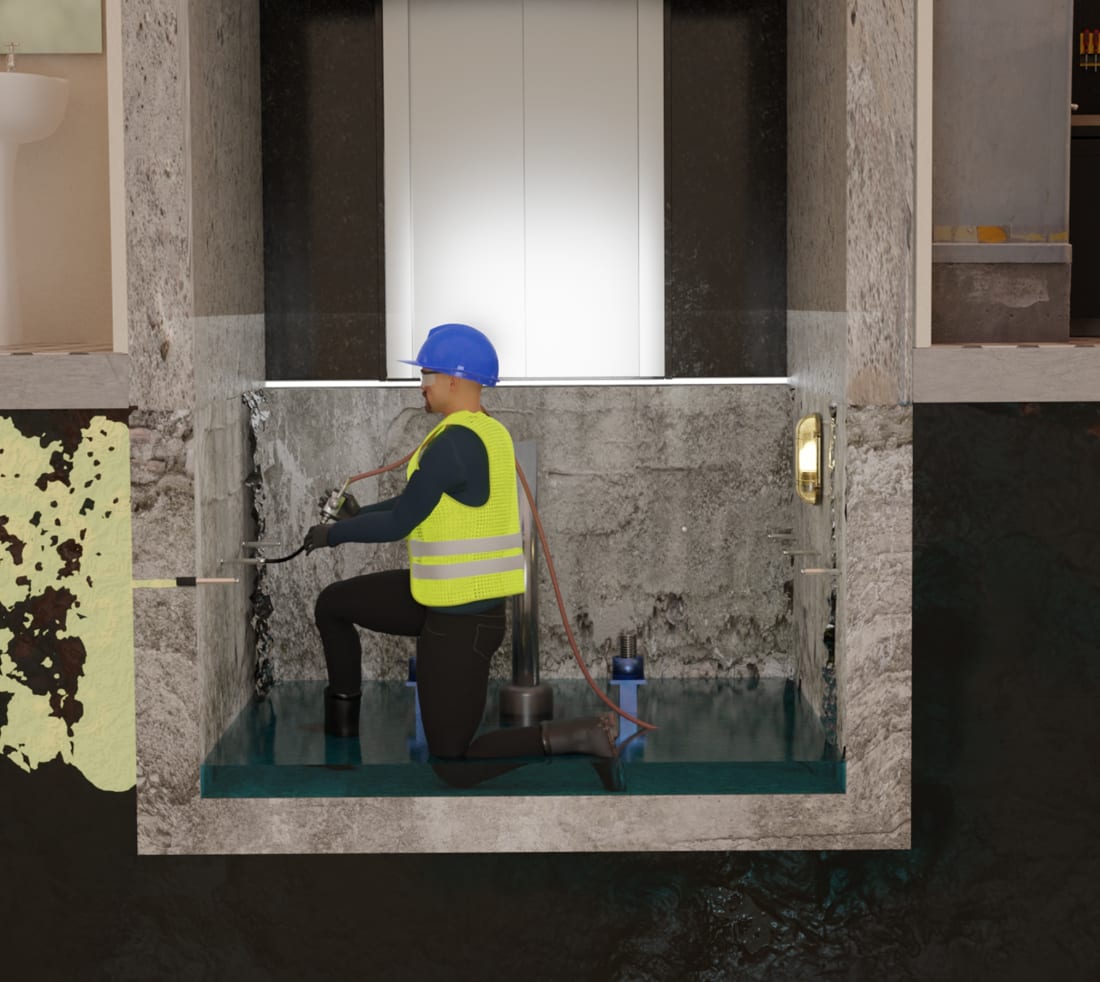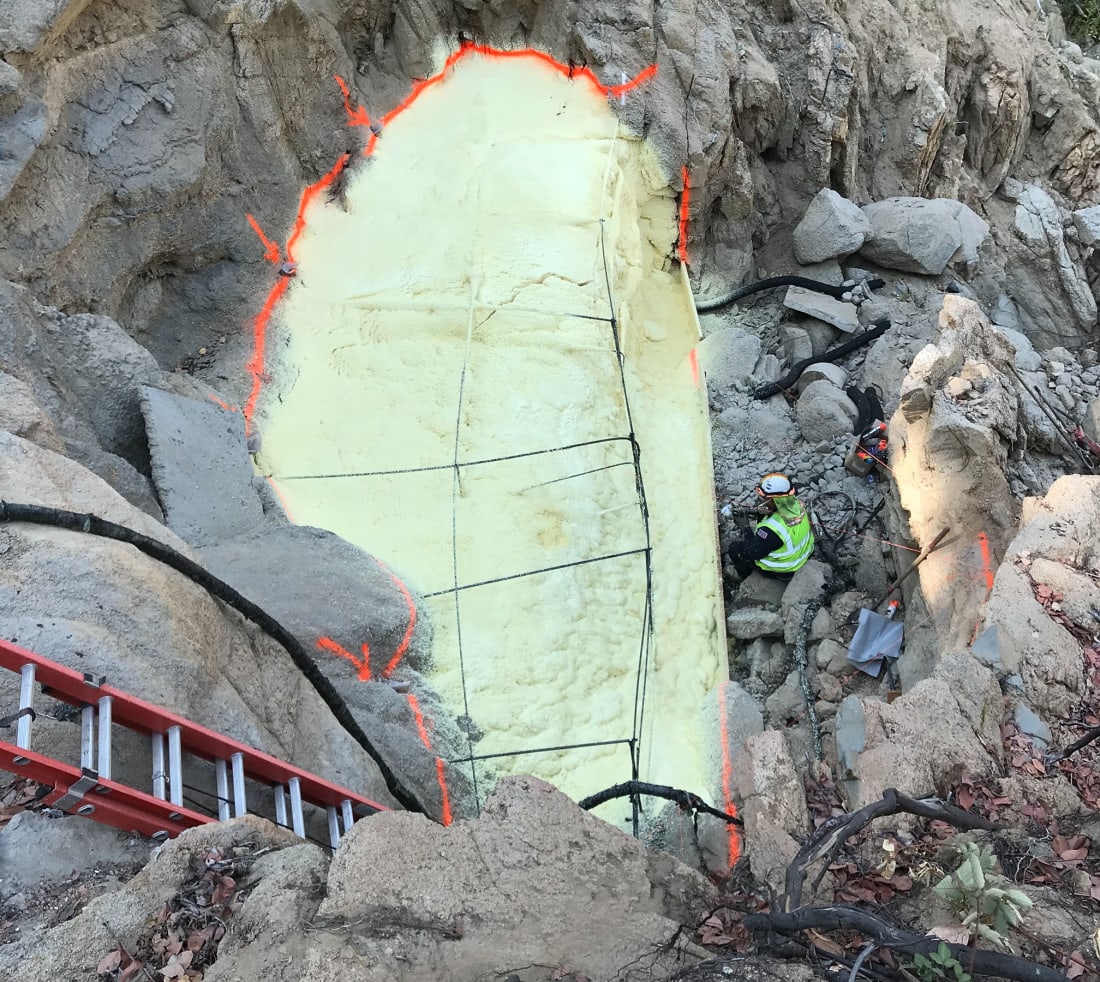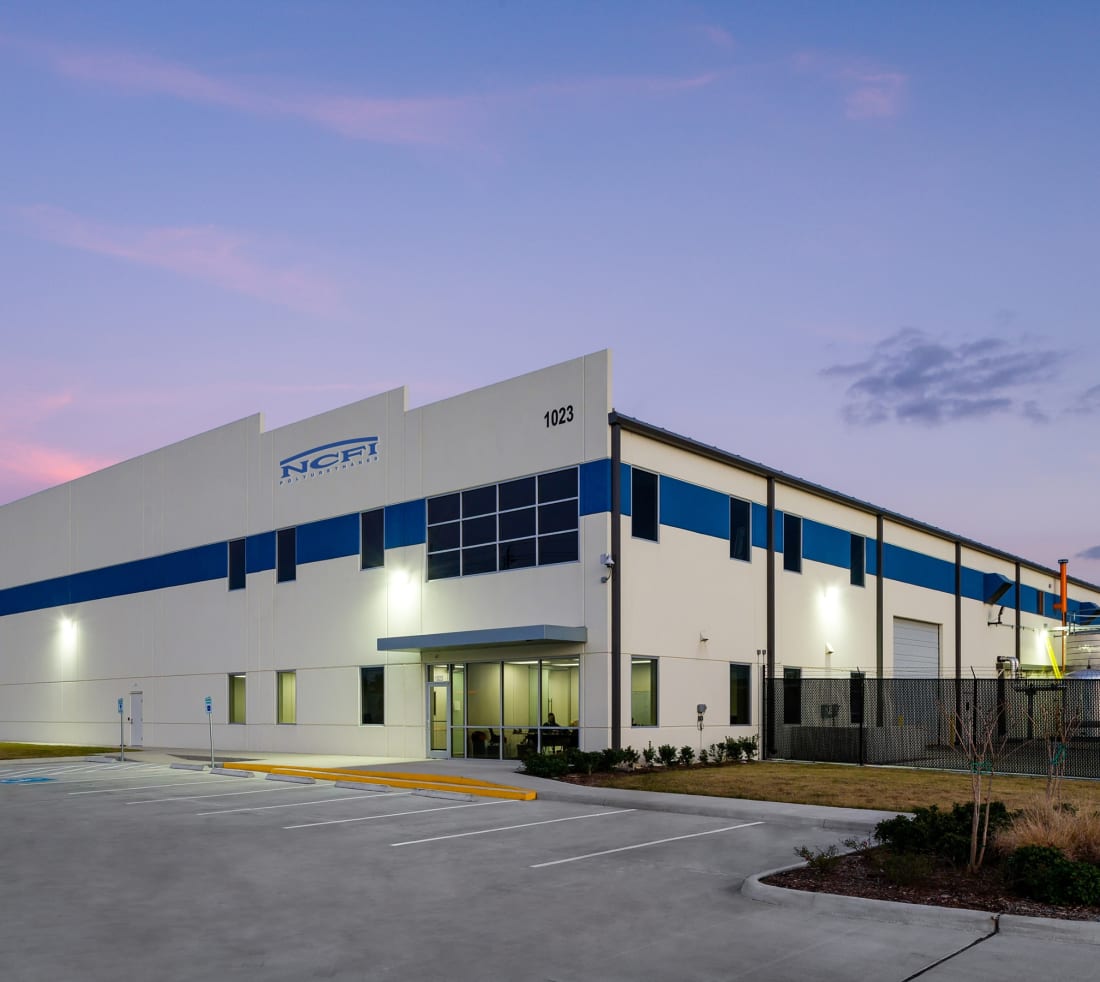Soil Stabilization
Whether you’re dealing with settlement, voids, or water infiltration, our geotechnical polyurethane foams deliver precision, durability, and peace of mind across virtually every sector.


Improving Soil's Structural Integrity
Soil stabilization using polyurethane foam grouts involves injecting high-performance geotechnical polyurethanes directly into problem soil zones. The foam expands, pushing into voids, compacting loose soils by eliminating void space and bonding with surrounding material. As it cures, it forms a rigid mass that reinforces the soils and helps eliminate instability. This method is non-invasive, fast-curing, and adaptable to a wide range of environments—including saturated soils, organic materials, karst geology, and hard-to-reach foundations. It’s an effective solution for sectors like construction, transportation, utilities, water management, and energy—where stable soil is essential for safety and longevity.
Warning Signs of Soil Issues
Foundation Cracks
Uneven soil settlement places irregular pressure on structures, often resulting in visible cracks in the foundation.
Poor Drainage
Improper drainage can lead to soil erosion. When erosion occurs beneath concrete, it causes soil loss that leads to settlement. In the broader infrastructure context, infiltration and inflow can also compromise soil stability.
Gaps Near Structures
Visible gaps between the soil and the base of a structure, pier, or slab edge are strong indicators of settlement or soil washout.
Deformation
Bulging, tilting, or depressions in dams, seawalls, or other structures may signal structural stress or soil instability beneath or behind them.
Common Uses of Geotechnical Polyurethane for Soil Stabilization
Void Filling
Void filling is the process of addressing underground cavities caused by erosion, poor compaction, or the breakdown of organic materials, which can lead to ground instability and structural damage. Our high-expansion polyurethane foam—capable of expanding up to 40 times its original volume—flows into these voids, cracks, and crevices, following the path of least resistance to create a solid, bonded mass beneath the structure. Lightweight yet durable, the foam reinforces weak soils without adding unnecessary load, making it an ideal solution for stabilizing slabs, roadways, sinkholes, and infrastructure compromised by underground voids.
Grout Curtain Walls
Grout Curtain Walls provide a reliable solution for sealing underground structures and controlling water infiltration. Using advanced polyurethane injection systems, like NCFI’s Single Component and Dual-Component Systems, these walls create a watertight barrier to protect infrastructure and stabilize soil. Whether for dams, tunnels, basements, or ponds, Grout Curtain Walls offer a minimally invasive and cost-effective approach to long-term water and soil management.
Foundation Stabilization
Contractors that use NCFI’s commercial foundation-lifting polyurethanes know that quality and reliability are important for ensuring the best results. Our injection solutions are a precise and non-disruptive method for lifting and re-supporting foundations. They compact loose soil and fill voids, then exert an upward force to lift and level structures.
Excavation Support
During underground construction and utility work in weak or saturated soils, excavation support is essential in preventing collapses, soil movement, or water intrusion, and for protecting nearby structures and workers. Our systems can be used to pre-treat soils near excavation sites to form a solidified mass that resists movement. Since it can be injected into tight spaces without the need for additional work, it’s an ideal choice for rapid and clean operations.
Dam and Levee Stabilization
Dams and levees play a critical role in flood control by managing water flow, protecting communities and infrastructure from devastating floods, and providing a range of economic and environmental benefits. They’re also susceptible to a variety of soil-related issues that cause deterioration or failure due to water seepage that permeates through the dam, causing soil erosion. To ensure the continued stability and integrity of these structures, NCFI offers advanced polyurethane solutions to help compact and bond these soils, preventing future seepage and soil subsidence.
Seawall Repair
Seawalls and bulkheads protect our homes and properties from erosion. Constant exposure to tidal action, waves, and hydrostatic pressure can cause voids, leaks, and complete failure. Both Dual-Component Systems and Single-Component Hydrophobic polyurethanes can be used to make repairs to prevent these issues from causing such failure. Single-Component Hydrophobic can be used to lock soils together to prevent further erosion and extend the base of a seawall further down. Dual-Component Systems can be used to fill larger voids that have formed behind seawalls and bulkheads.

Solutions for Any Project
Beyond the applications highlighted above, our geotechnical polyurethane solutions can be utilized for an even wider range of soil stabilization projects. Our team will work with you to find the right foam formulation for your unique needs.
- Polyurethane Cavity Filling
- Embankment and Slope Stabilization
- Shoreline Erosion Control
The Advantages of NCFI Polyurethane in Soil Stabilization
Fast Cure Times
Most formulations cure in minutes, allowing for same-day structural use and eliminating the need for prolonged curing delays or closures.
Minimal Disruptions
Polyurethane injection is done through small ports without excavation, allowing work to be completed with minimal surface disruption or downtime.
Environmentally Inert
Our foams are inert once cured, with zero leaching and no harmful environmental byproducts, offering a sustainable, long-term solution for soil challenges. Available with NSF 61 Certification.
Customizable
With a variety of single- and dual-component systems, our products can be tailored to specific soil types, environmental conditions, and application needs.
Lightweight
Our foam expands into a dense yet lightweight material that reinforces the ground without adding excessive weight—ideal for weak or sensitive soils.
Made in America
NCFI polyurethane is proudly manufactured in the U.S., ensuring quality and reliability.
NCFI's Polyurethane Systems
Our lines of mono- and multi-component polyurethane systems have a variety of densities and cure times to meet your application’s needs. Each batch meets strict testing and quality assurance standards, ensuring reliability in the field. See Our Products.
Single-Component Systems
Single-Component Polyurethane Systems are a suite of hydrophobic permeation grouts formulated for soil stabilization, void filling, joint sealing, and soil compaction.
Explore ProductDual-Component Systems
Dual-Component Systems by NCFI are uniquely formulated, dual-component systems formulated for a variety of geotechnical applications.
Explore ProductLightweight Fill Systems
The Lightweight Fill product line is comprised of dual-component systems formulated for a variety of applications that require low exothermic heat generation for filling large voids and cavities, or building many layers quickly.
Explore ProductFrequently Asked Questions about Soil Stabilization
It is the process of injecting foam into loose or unstable soils to increase density, cohesion, and load-bearing capacity.
Common applications include new construction, erosion remediation, excavation support, and underpinning.
As it expands, the foam fills voids and bonds particles, reducing permeability and increasing compaction—essential for long-term stability.
Yes. Polyurethane can be injected beneath existing foundations, slabs, and infrastructure to reestablish soil support without excavation.
NCFI offers a range of polyurethane formulations suitable for a variety of soil types, including sands, clays, peats, silts, and engineered fills—even in moisture—rich or mixed soil conditions.
Yes. Stabilizing soils with foam helps prevent water migration and resettlement, protecting against future erosion.
Real-World Results

About Us
NCFI has been a global leader in polyurethane foam production since 1964. Seeing the ever-growing applications of polyurethane in the geotechnical stabilization market, NCFI opened the geotechnical division in 2008 in order to provide better service and products to our customers and contractors. Our foam systems are an adaptable, no-excavation solution for meeting geotechnical engineering challenges.
We Have Partnership Down to a Science
We understand the challenges you face, and we’re here to help. Reach out today, and let's work together to find the best solution tailored to your needs with the highest-quality polyurethane foam products available.